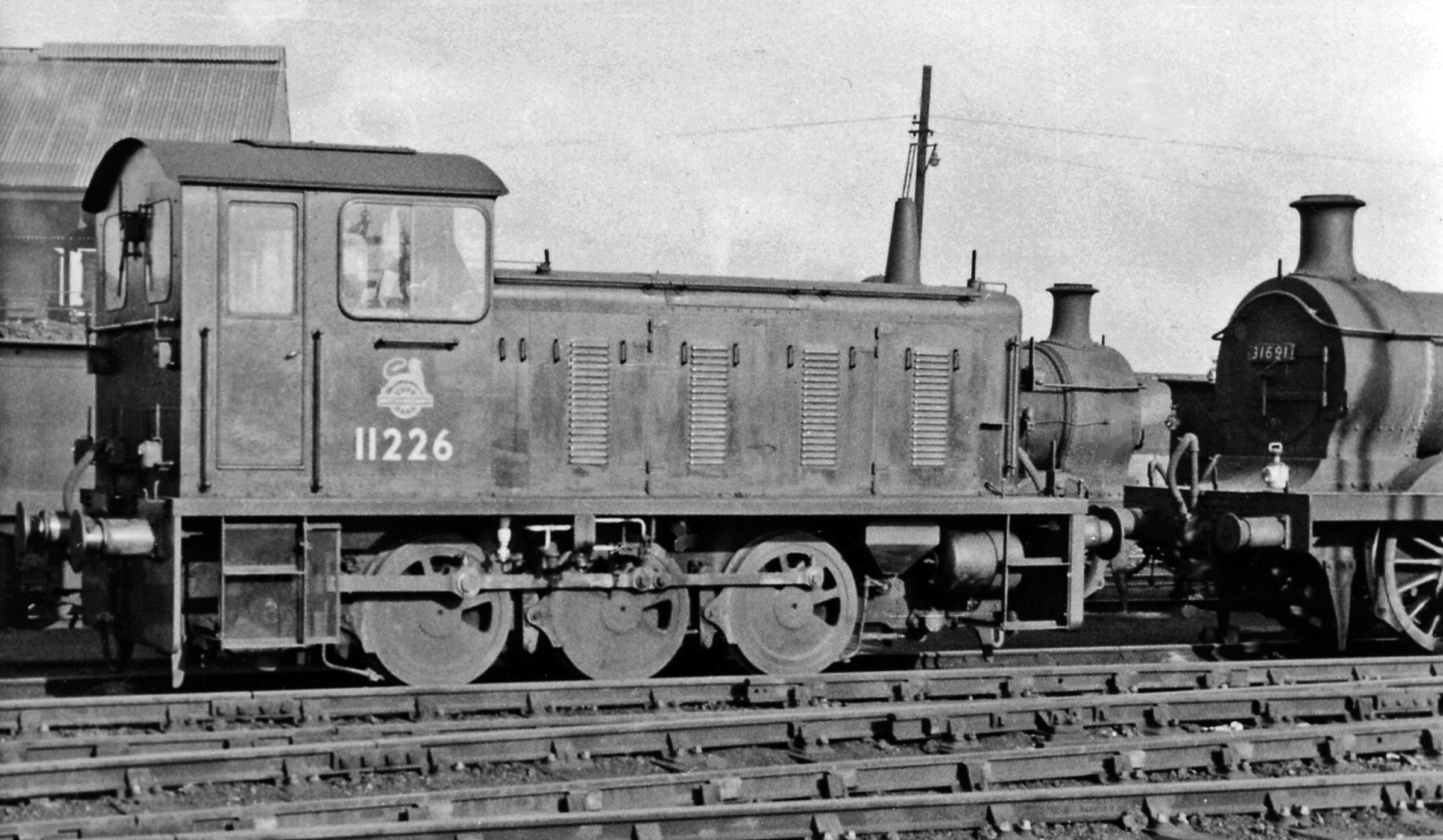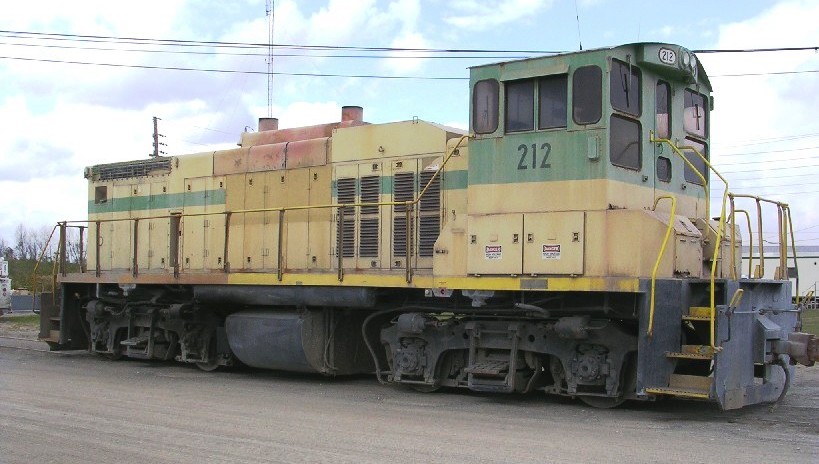|
Class 04 (other)
{{disambiguation ...
Class 04 may refer to: *British Rail Class 04, a class of post-war, British diesel-mechanical shunter *DRG Class 04, a class of inter-war, German, experimental, high-pressure, steam locomotive, derived from the DRG Class 03, which did not go into full production. See also *Class 4 (other) Class 4 may refer to: * British Rail Class 04, British diesel shunting locomotive * BR Standard Class 4 4-6-0, British steam locomotive * BR Standard Class 4 2-6-0, British steam locomotive * BR Standard Class 4 2-6-4T, British steam locomotive * C ... [...More Info...] [...Related Items...] OR: [Wikipedia] [Google] [Baidu] |
British Rail Class 04
The British Rail Class 04 is a 0-6-0 diesel-mechanical shunting locomotive class, built between 1952 and 1962 and was the basis for the later Class 03 built in the British Railways workshops. History The prototype locomotive was built in 1947 and served as a departmental shunter at Hither Green depot as number DS1173, before being transferred to the capital stock list as D2341 in 1967. The Class 04 locomotives were supplied by the Drewry Car Co., which at the time (and for most of its existence) had no manufacturing capability. Drewry sub-contracted the construction work to two builders both of whom built other locomotives under the same arrangement. Early locomotives which became D2200-41 (including DS1173) were built by Vulcan Foundry in 1952–56, and later examples D2242-2339 were built by Robert Stephenson and Hawthorns in 1956–61. Design evolution A clear line of development can be seen in the Class 04 from the 0-4-0DM locomotives built by Andrew Barclay ... [...More Info...] [...Related Items...] OR: [Wikipedia] [Google] [Baidu] |
Diesel-mechanical
A diesel locomotive is a type of railway locomotive in which the prime mover is a diesel engine. Several types of diesel locomotives have been developed, differing mainly in the means by which mechanical power is conveyed to the driving wheels. Early internal combustion locomotives and railcars used kerosene and gasoline as their fuel. Rudolf Diesel patented his first compression-ignition engine in 1898, and steady improvements to the design of diesel engines reduced their physical size and improved their power-to-weight ratios to a point where one could be mounted in a locomotive. Internal combustion engines only operate efficiently within a limited power band, and while low power gasoline engines could be coupled to mechanical transmissions, the more powerful diesel engines required the development of new forms of transmission. This is because clutches would need to be very large at these power levels and would not fit in a standard -wide locomotive frame, or wear too quick ... [...More Info...] [...Related Items...] OR: [Wikipedia] [Google] [Baidu] |
Shunter
A switcher, shunter, yard pilot, switch engine, yard goat, or shifter is a small railroad locomotive used for manoeuvring railroad cars inside a rail yard in a process known as ''switching'' (US) or ''shunting'' (UK). Switchers are not intended for moving trains over long distances but rather for assembling trains in order for another locomotive to take over. They do this in classification yards (Great Britain: ''marshalling yards''). Switchers may also make short transfer runs and even be the only motive power on branch lines and switching and terminal railroads. The term can also be used to describe the workers operating these engines or engaged in directing shunting operations. Switching locomotives may be purpose-built engines, but may also be downgraded main-line engines, or simply main-line engines assigned to switching. Switchers can also be used on short excursion train rides. The typical switcher is optimised for its job, being relatively low-powered but with a high ... [...More Info...] [...Related Items...] OR: [Wikipedia] [Google] [Baidu] |
DRG Class 04
The two German Class 04 steam locomotives were experimental engines with the Deutsche Reichsbahn, that were derived from the Class 03 standard locomotives ('' Einheitsloks''). History In 1932, the Deutsche Reichsbahn tried to raise boiler overpressures from by using high-tensile steel. These engines, built by the firm of Krupp, were initially tested at the Grunewald Locomotive Testing Office. With a specific steam consumption value of 5.2 kg/PSh with respect to their indicated output, the locomotives clearly undercut the very low steam consumption value of the Class 03 by over 1 kg/PSh. The coal consumption based on the effective power at the coupling hook, was 0.96 kg/PSh compared with 1.13 kg/PSh on the 03. The medium-pressure boilers did not prove to be stable, and after a short time damage occurred to the firebox. Since the locomotives did not meet expectations even after modifications and repairs, the permissible boiler overpressure was finally redu ... [...More Info...] [...Related Items...] OR: [Wikipedia] [Google] [Baidu] |
Steam Locomotive
A steam locomotive is a locomotive that provides the force to move itself and other vehicles by means of the expansion of steam. It is fuelled by burning combustible material (usually coal, oil or, rarely, wood) to heat water in the locomotive's boiler to the point where it becomes gaseous and its volume increases 1,700 times. Functionally, it is a steam engine on wheels. In most locomotives, the steam is admitted alternately to each end of its cylinders, in which pistons are mechanically connected to the locomotive's main wheels. Fuel and water supplies are usually carried with the locomotive, either on the locomotive itself or in a tender coupled to it. Variations in this general design include electrically-powered boilers, turbines in place of pistons, and using steam generated externally. Steam locomotives were first developed in the United Kingdom during the early 19th century and used for railway transport until the middle of the 20th century. Richard Trevithi ... [...More Info...] [...Related Items...] OR: [Wikipedia] [Google] [Baidu] |
DRG Class 03
The Class 03 steam engines were standard express train locomotives ('' Einheitslokomotiven'') in service with the Deutsche Reichsbahn. History The Class 03 engines were built between 1930 and 1938 as express train locomotives for routes that were only suitable for axle loads of up to 18 tonnes. 298 examples of this engine, whose construction was based on the Class 01, were built by the firms of Borsig, Krupp, Henschel, and Schwartzkopff. Its reduced weight was achieved by the use of a light sectional frame, smaller boiler and smaller cylinders. From engine number 03 123 onwards the pumps were located in the centre of the locomotive and from number 03 163 the locos had larger leading wheels. Locomotive number 03 154 was equipped with a parabolic smokebox door, a tapered driver's cab and driving gear cover plates. Number 03 193 was given a wine-red, streamlined, full covering and a 2′3 T 37 St tender, in order to repla ... [...More Info...] [...Related Items...] OR: [Wikipedia] [Google] [Baidu] |




